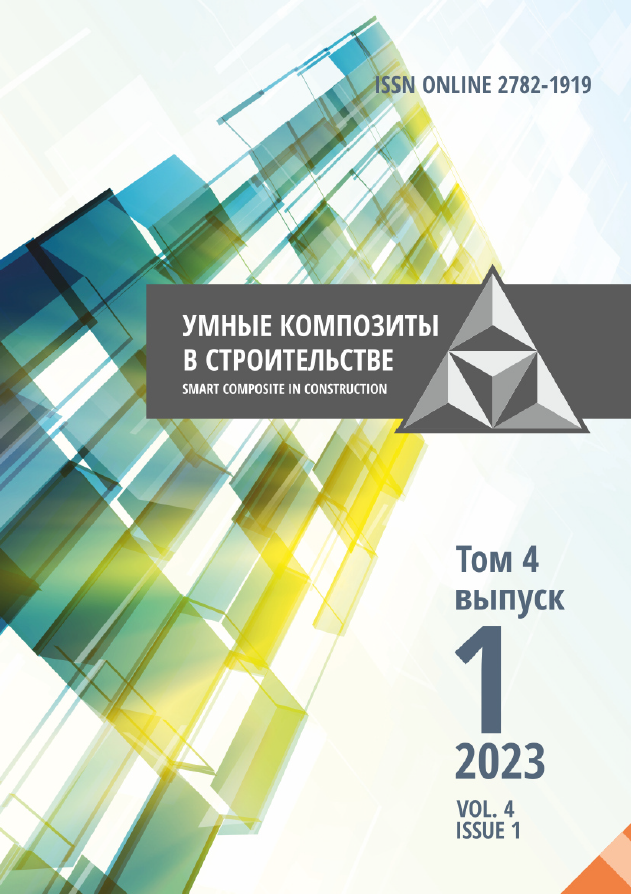Yaroslavl, Yaroslavl, Russian Federation
UDC 711.4
Derbent is Russia's oldest and geographically most southern city; it has been a UNESCO World Heritage Site since 2003. The paper considers the specific features of medieval urban Derbent planning and its architectural environment through the prism of philosophical categories - space, form, and content. Also the author points out on the process of forming ideological attitudes and meanings. The ideology as the vision of the world, transmitted through the architectural environment and aimed at the perception of the world, world-view and world-understanding, has influenced the socio-cultural space built by the citizens of the city for centuries. As a result, people perceive the architectural object in the urban space as a unity of proportionality, form, and harmony. The article describes architectural objects, their functional significance, and place in the socio-cultural space. The architectural environment of Derbent and the organisation of its urban space determined the lifestyle of the city dwellers for many centuries, and promoted the development of crafts and trade. For many centuries the continuity of the socio-cultural attitudes of the city dwellers determined the architectural aspect of the city, the traditions of public and civil construction. Indeed, processes both past and present form the concept of the Derbent city.
architectural environment, architectural object, urban space, form, attitude, contextual system, city philosophy
1. Zakharyna, Yu.Yu. (2010) The artistic image of architecture: the dialectic of space and form, Pytanni mastatstvaznaўstva, etnalogii i falklarystyki, (9), pp. 37-42 (in Russian).
2. Soloshenko, M.S. (2017) What architecture tells us. The influence of buildings and structures on man and society. Molodoy issledovatel Dona, 3(6), 5 p. [online]. Available at: https://cyberleninka.ru/article/n/chto-nam-govorit-arhitektura-vliyanie-zdaniy-i-soruzheniy-na-cheloveka-i-obschestvo (in Russian).
3. Khan-Magomedov, S.O. (1979) Derbent. Mountain Wall. Auls of Tabasaran. M.: Art (in Russian).
4. Khan-Magomedov S.O. (2002) Architecture of Dagestan: Derbent fortress and Dag Bars. In 8 iss. Iss. 5. M.: Lad'ya (in Russian).
5. Terekhova, G.L. (2007) Philosophy of architecture. Studies manual. Tambov: Izd-vo TGTU (in Russian).
6. Vityuk, E.Yu. (2011) System effect in architecture, Akademicheskij vestnik UralNIIproekt RAASN, (2), pp. 61-63 (in Russian).
7. Kudryavtsev, A.A. (1981) Ancient Derbent. M.: Nauka (in Russian).
8. Kudryavtsev, A.A. (1993) Feudal Derbent: ways and patterns of city development in the VI–mid. XIII centuries. M.: Nauka (in Russian).
9. Yankovskaya, Y.S. (2004) Semiotic mechanisms of architecture, Izvestiya Ural'skogo gosudarstvennogo universiteta, (32), pp. 81–88 (in Russian).
10. Rappaport, A.G. Architecture and ontology. A.G. Rappaport's blog "The Tower and the Labyrinth" [online]. Available at: https://archi.ru/press/issue_present.html?id=669 (in Russian).







